Photo Future: 7 High-Tech Ways to Share Images
Futuristic Photo Albums

In today's digital age, putting together a physical photo album seems downright retro. The way people store and display their favorite snapshots has evolved, and technologies that were once the realm of science fiction can now be found on Kickstarter.
From sharing photos on car windows to creating interactive holograms to programming digital clothing, here’s a look at the future of photo albums.
Car Windows
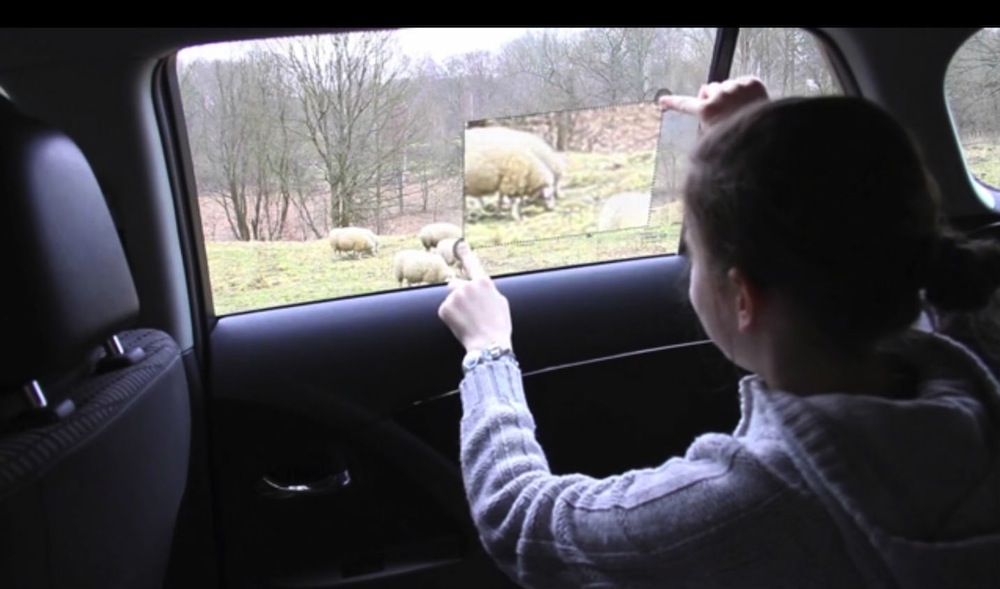
Many vehicles now have video screens to keep kids entertained on long car trips, and some models even have fighter jet-style heads-up display systems that project navigation information onto the dashboard. But now, automakers want to take in-car displays even further.
Over the past several years, Toyota and General Motors have been collaborating with design teams to develop interactive car window concepts. While still in the idea phase, these advanced car windows would give backseat passengers a way to capture photos and video, zoom in on distant objects, create drawings or share messages with other people on the road.
Your Body
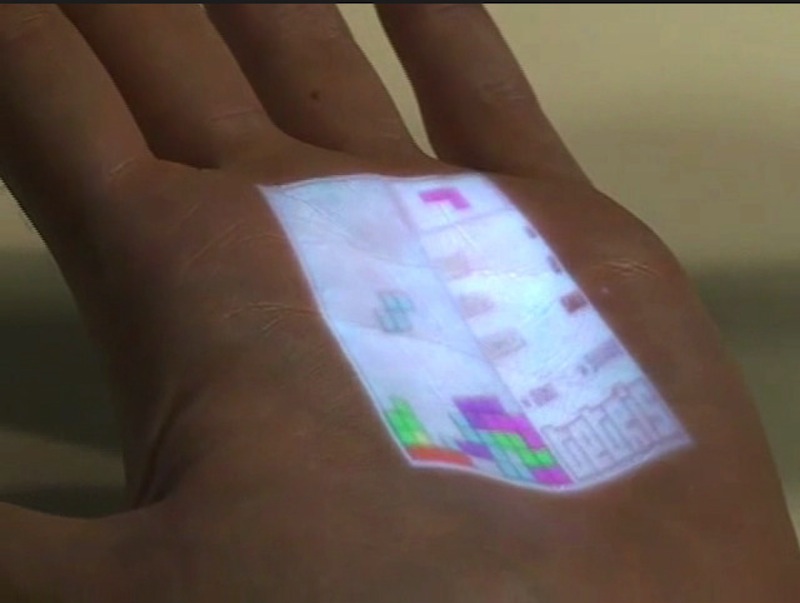
You may no longer need a photographic memory to keep a bunch of photos on hand, because your hand (literally) could one day be used to display photos. Advances in user interfaces are making it easier than ever to interact with projected images. For example, Microsoft Research's Skinput project uses biosensors to turn people's hands and arms into touch screens.
Other researchers, including John Rogers, a professor of materials science and engineering at the University of Illinois in Urbana, are making strides with stretchy electronics that can hang onto human skin like a temporary tattoo.
The Cloud
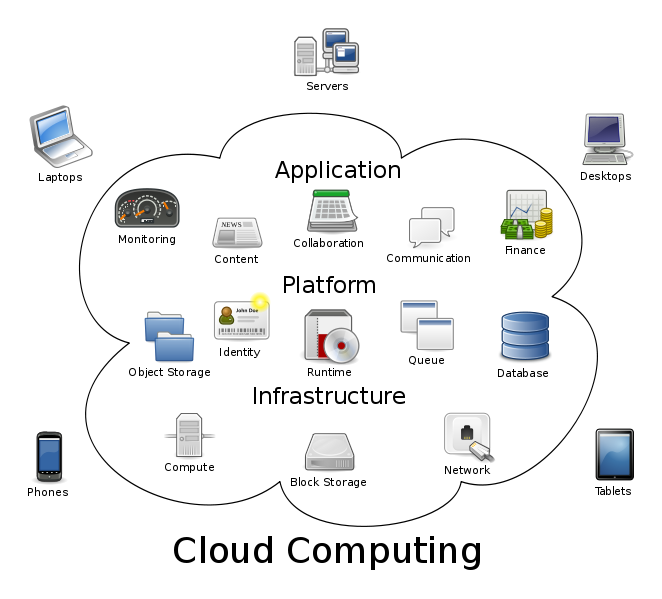
Cloud computing, which distributes information over a network, means no longer having to print out every photo and put it into a physical album — unless you really want to do so. Cloud services, such as Dropbox, Google Drive, Flickr or SmugMug, abound these days. Although each service has limitations, it’s possible to find free or low-cost storage with custom settings that work with specific smart devices. And you won't need any extra shelf space.
Electronic Paper
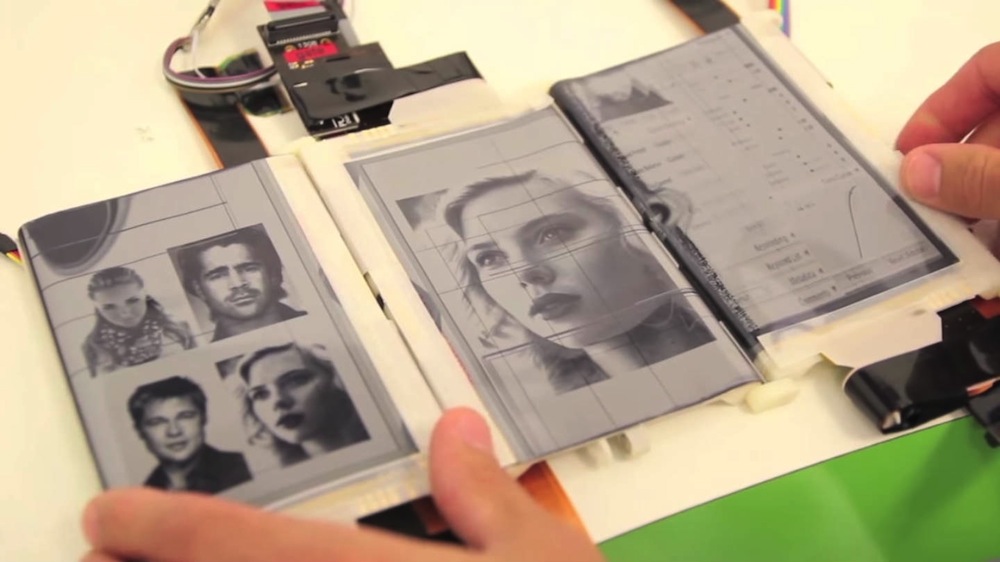
People have been waiting for thin, flexible and commercially available electronic paper for what seems like ages now. Although electronic displays have become thinner, the child in everyone wants magical, moving photos like the ones depicted in the "Harry Potter" films.
Still, there have been some new developments in this area: Researchers at the Human Media Lab at Queen's University in Canada unveiled their first prototype of PaperFold, a foldable, shape-changing smartphone with three flexible displays.
Digital Clothing
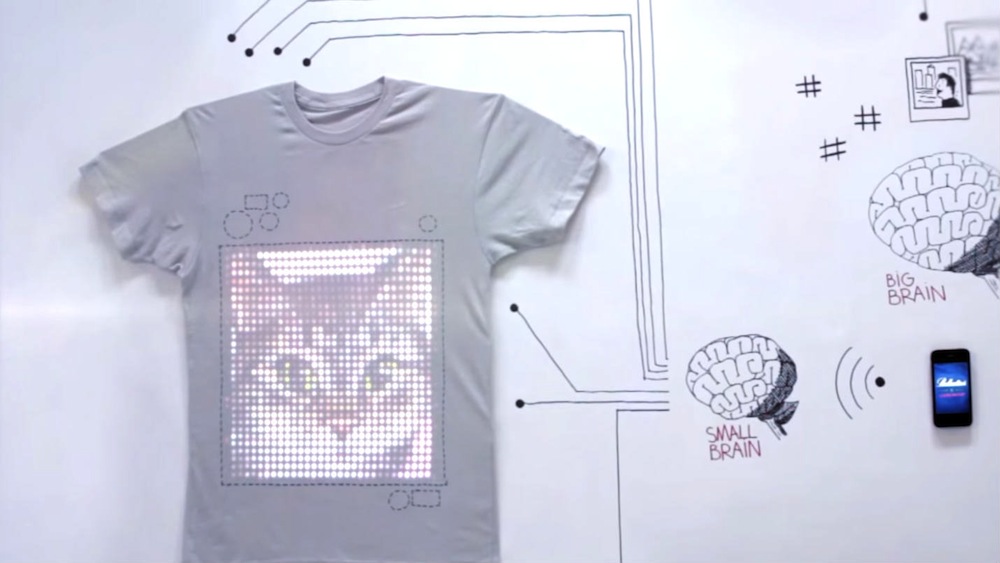
Google Glass made "wearable technology" a household phrase, but designers are continuing to explore ways of integrating electronic displays into the clothes on your body.
At one extreme, there's the "Video Coat," created by Arizona-based designer David Forbes in 2011; it's basically a wearable TV. More recently, Scotch whiskey brand Ballantine's launched a programmable digital T-shirt called tshirtOS, which contains an LED display that connects to a smartphone app. In addition to displaying messages and animations, the shirt can snap and show photos.
Interactive Holograms
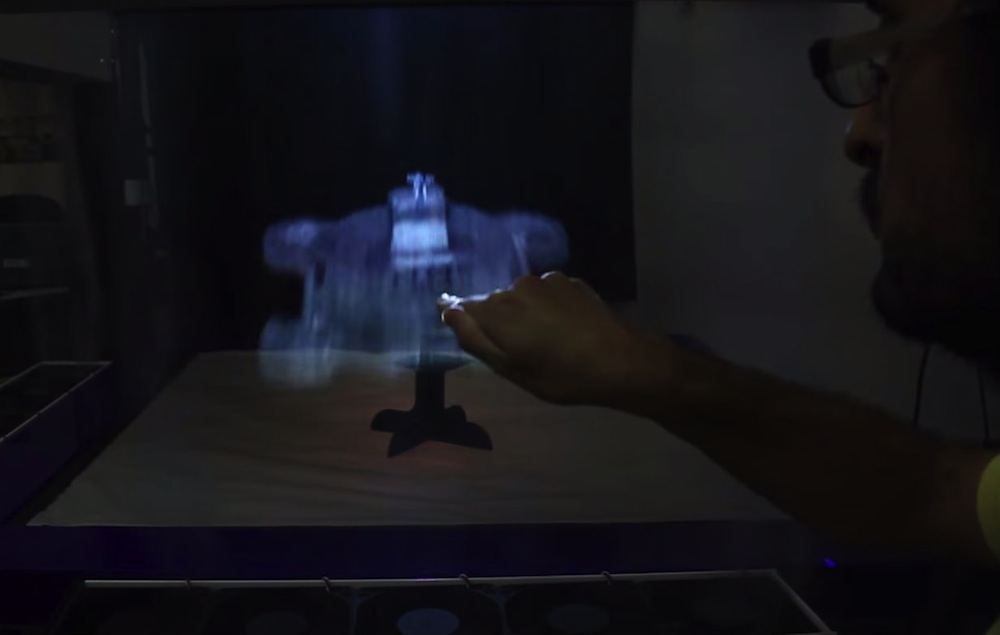
Instead of passing around 2D photos, either on a device or wedged between plastic in an album, how about sharing images in three dimensions?
Earlier this spring, human-computer interaction researchers at the University of Bristol in the United Kingdom showed off a prototype for MisTable, a physical table that uses fog screens to display drawings and photos. Users can then manipulate these images in the air. The Scottish startup Holoxica is also raising money to develop 3D holographic displays, and Apple recently filed a patent for a 3D interactive-display system.
Magnetic Tapes
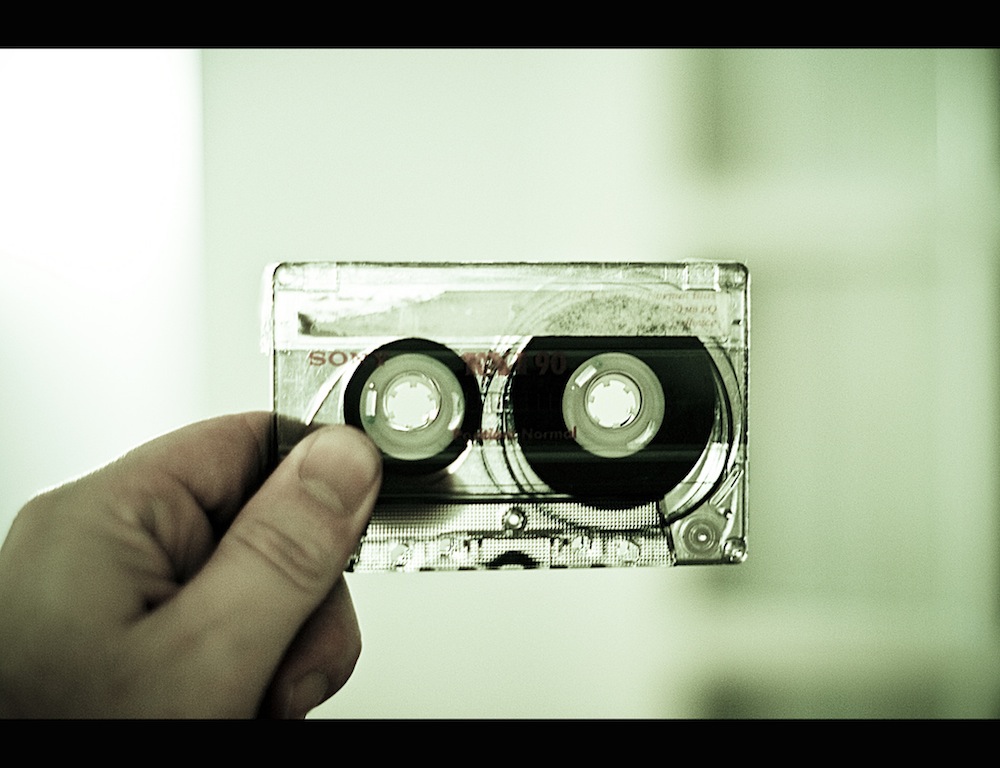
Finally, don't discount old-school magnetic storage tapes as a way to save photos. Sony recently unveiled a version of these tapes that incorporates nanotechnology, allowing each cartridge to record more than 185 terabytes of data. The record-breaking development means the tapes have 74 times the capacity of the average coated magnetic tapes, the company said. To put that in perspective, the new version can handle the equivalent of 3,700 Blu-ray discs.
Sign up for the Live Science daily newsletter now
Get the world’s most fascinating discoveries delivered straight to your inbox.










